Timeline of Jewish history in the US
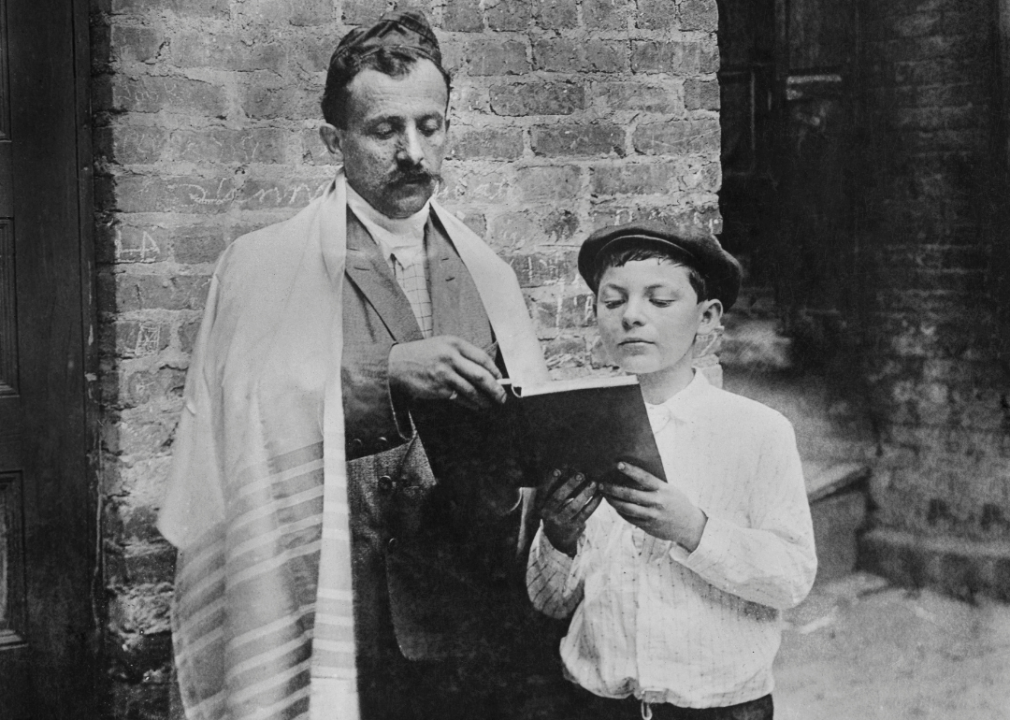
Universal History Archive // Universal Images Group via Getty Images
Timeline of Jewish history in the US
A vintage photo of a father and son reading a book.
One of the most compelling reasons for early settlers to immigrate to the Americas was to exercise their right to religious freedom. As a result, members of several minority religions, including Judaism, were some of the first to brave the journey across the Atlantic Ocean.
The Jewish Virtual Library has records of the Jewish population in the United States dating back to 1654 when there were just 25 Jews. Today, the Jewish population has grown to more than 7 million people, comprising a range of Jewish subgroups from Orthodox to Reform. Though there can be drastic differences between how individuals practice and express their Jewish culture and beliefs, Jews in America remain largely liberal and the community’s population has steadily grown more diverse in race and ethnicity.
In lockstep with American history, the journey of Jews in the U.S. is riddled with struggle yet consistently illustrates the resilience and success of the Jewish community. In honor of Hanukkah beginning Dec. 18, Stacker compiled a list of 30 important events that occurred in American Jewish communities since the 14th century.
Keep reading to discover some significant events in American Jewish history.
You may also like: Greatest speeches of the 20th century
![]()

Alex Staroseltsev // Shutterstock
1585: Joachim Gans lands on Roanoke Island
A picture of a vintage map and a magnifying glass.
Gans was a Czech Jewish mining engineer and metallurgist. He was invited by Sir Walter Raleigh to accompany an expedition to the Virginia territory that was funded by Queen Elizabeth I. Gans was chosen due to his astounding innovations in the copper smelting process, which reduced the purification time from 16 days to four.
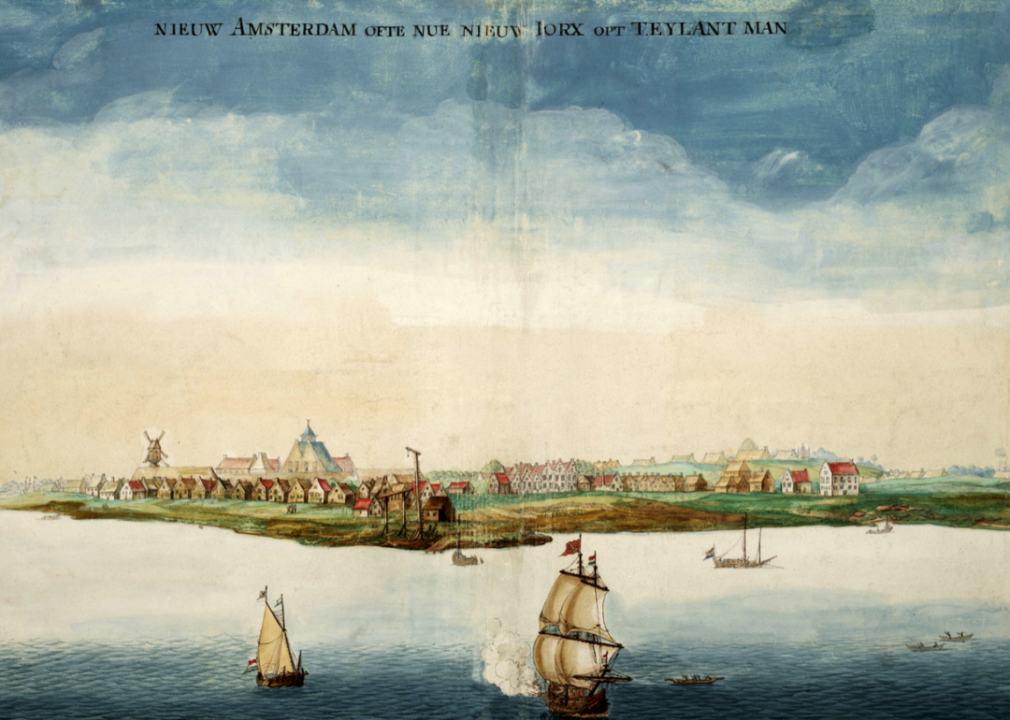
Johannes Vingboons // Wikimedia Commons
1654: Three Jewish refugees from Brazil establish a community in New Amsterdam
An illustration of boats sailing toward land with a settlement. The text reads: Niuew Amsterdam ofte nue nieuv lorx opt teylant man.
A 1655 letter from the Reverend Johannes Megapolensis provides a record of these refugees, stating that “last summer some Jews came [to New Amsterdam] from Holland.” At the time, the Dutch occupied significant stretches of what is now the Brazilian coast, which is why Megapolensis referred to it as “Holland.”
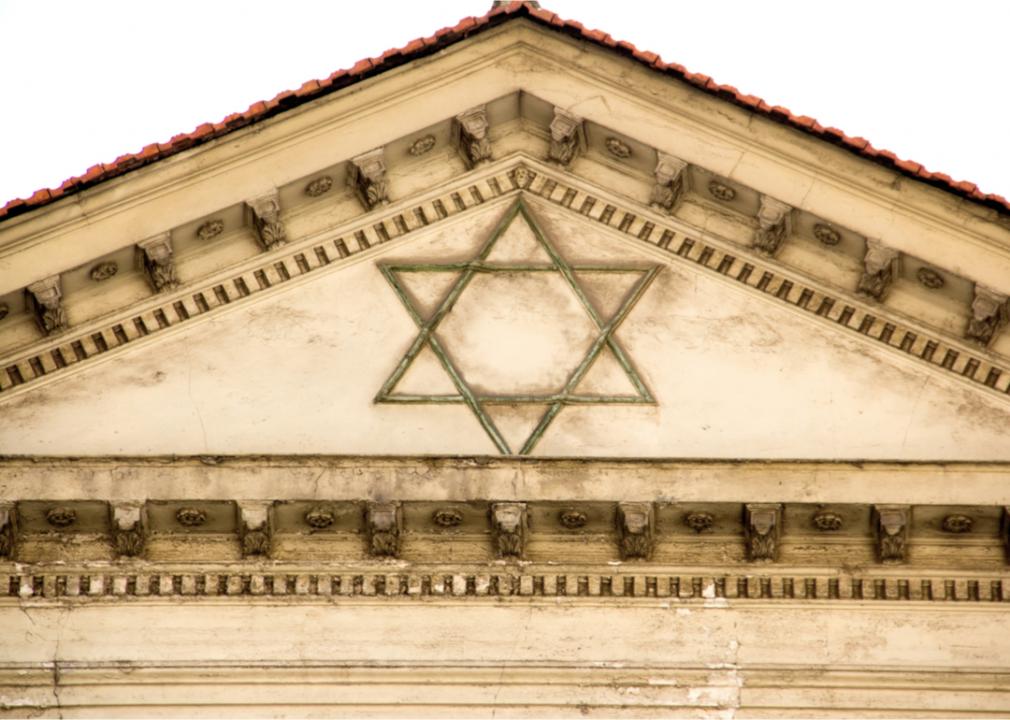
idiltoffolo // Shutterstock
1730: Jews in New York build their first synagogue, Shearith Israel
A picture of a building with the star of David on it.
Though the congregation of Shearith Israel was established in 1654, they did not build a synagogue until 1730. The building was located in lower Manhattan next to a nearby spring, which was used for various religious rituals. Since 1730, Shearith Israel has worshipped at five separate locations around New York City.
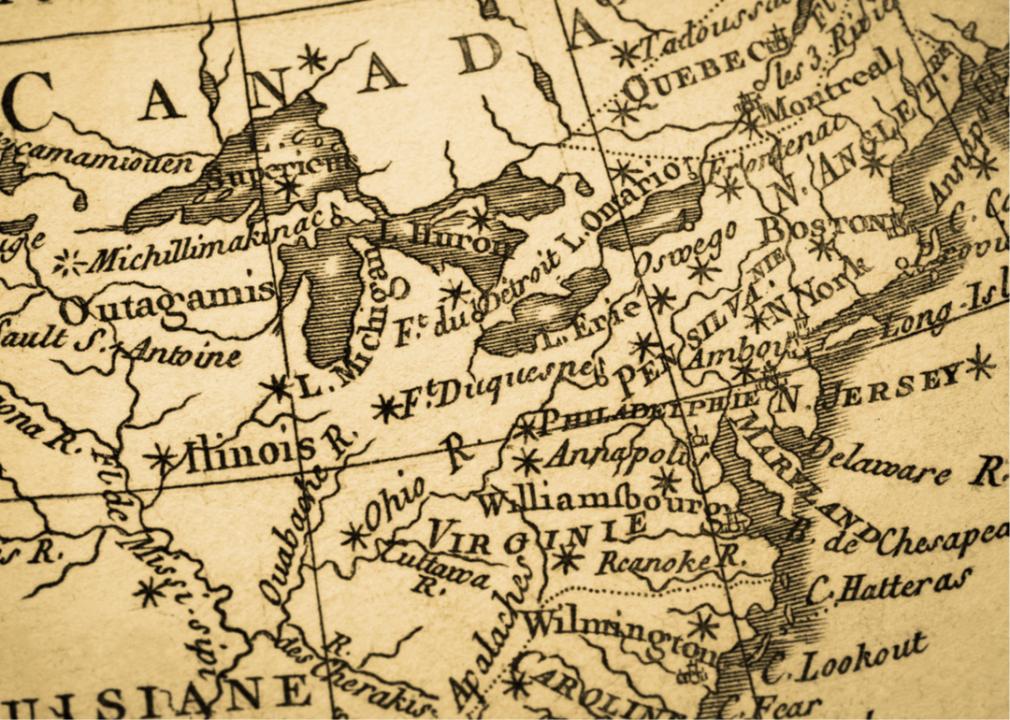
yoshi0511 // Shutterstock
1740: The British Plantation Act gives Jews limited citizenship in the colonies
An old map of North America.
In order for Jews to be considered naturalized citizens of the British colonies, they had to live there for at least seven years. Although this was better than the predicament of Jews in England, who could never be considered full citizens, simply surviving for seven years in the British colonies was no small feat due to harsh living conditions and scarce resources.
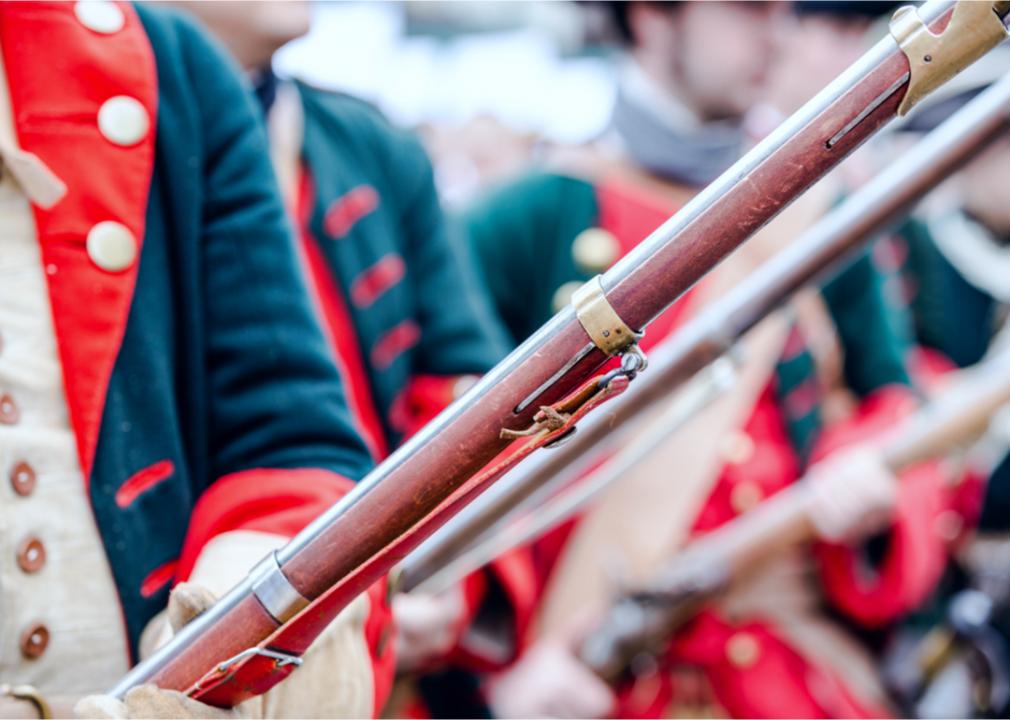
Sharlotta // Shutterstock
1776: Gershom Mendes Seixas, leader of Shearith Israel, drafts a prayer for peace between the United States and Great Britain
A close up of Revolutionary War uniforms and weapons in what seems to be a reenactment.
Just like any other demographic, there were Jews on both sides of the Revolutionary War. As the leader of the Shearith Israel congregation, Seixas declared a public day of fasting and prayer on May 17, 1776. Part of the prayer he wrote asks God to “send the Angels of mercy to proclaim Peace to all America and to the inhabitants thereof.”
You may also like: Best-run cities in America
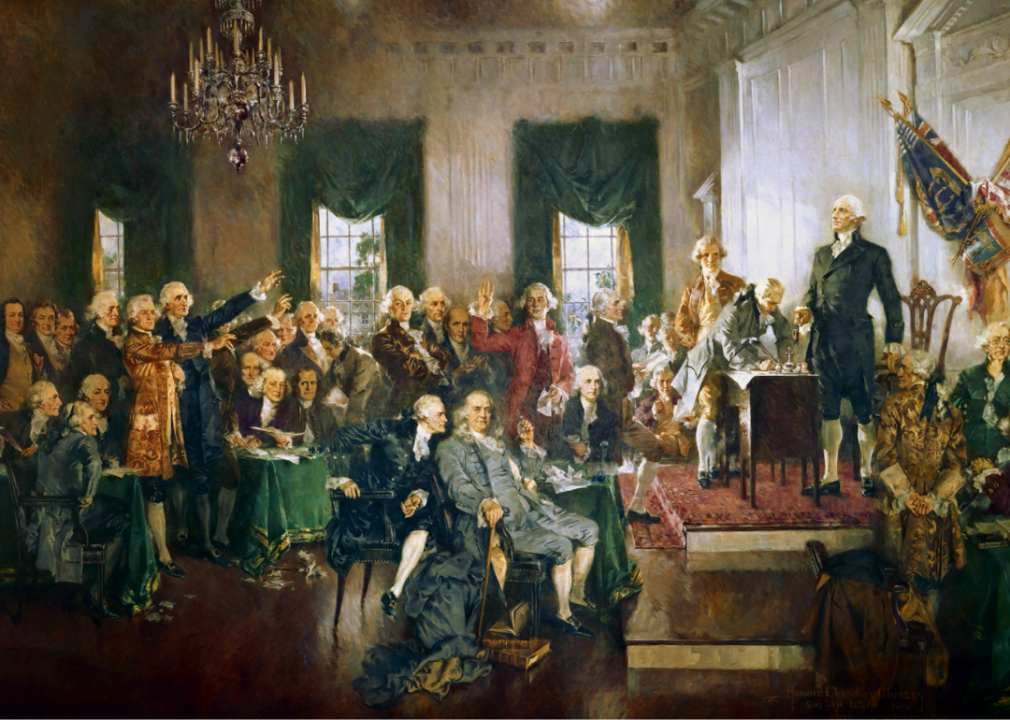
Howard Chandler Christy // Wikimedia Commons
1788: The US Constitution is adopted by the majority of states, giving Jews full rights under federal laws
Due to the separation of church and state outlined by the U.S. Constitution, Jews were considered full citizens of the newly minted country and could run for any public office they wanted. However, this constitutional right did not eliminate the stigma against Jews that still persists in some forms today.

Triff // Shutterstock
1796: Dr. Levi Myers of Georgetown, South Carolina, becomes the first Jew to serve in a state legislature
Myers began his study of medicine at the age of 15, earning his medical degree from Edinburgh University in 1789 before returning home to South Carolina. He married Frances Minis, and they had eight children together while Myers practiced law and pursued politics. Tragically, a hurricane hit South Carolina in September 1822, destroying Myers’ home and killing him, his wife, and four of their children.
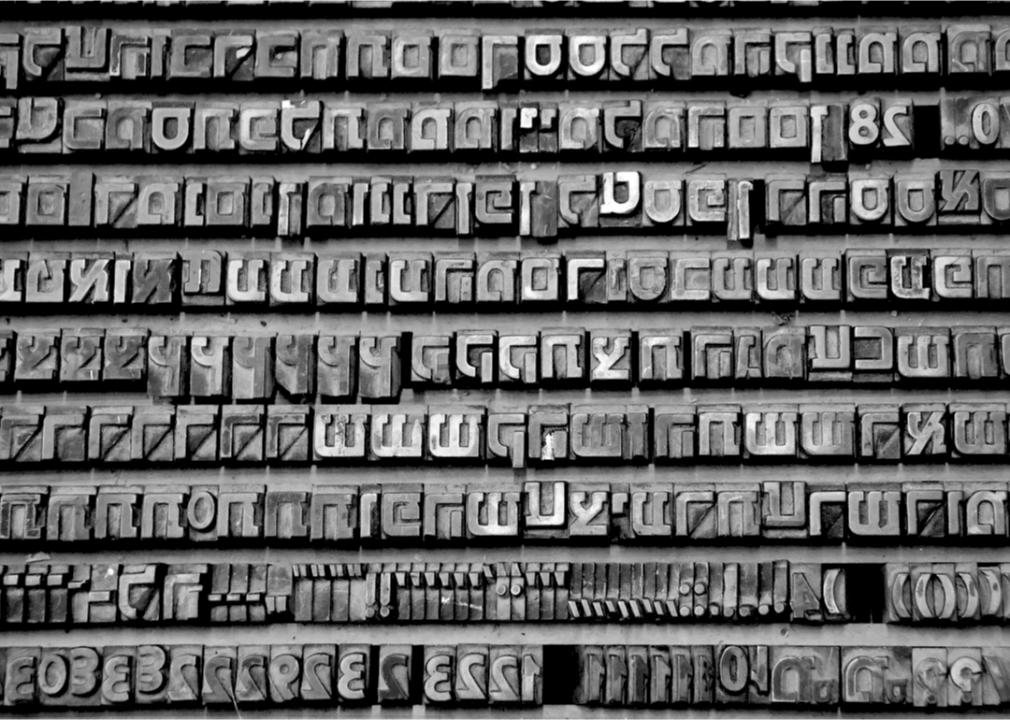
Thais29 // Shutterstock
1823: The first Jewish American periodical, The Jew, is published in New York
The subtitle of The Jew explained the publication’s purpose: “a [defense] of Judaism against all adversaries, and particularly against the insidious attacks of Israel’s Advocate.” Israel’s Advocate was a Jewish missionary journal that was moderately popular at the time. Despite its newspaper format, The Jew was hardly a source for hard news, as its content primarily consisted of dismissals of other media and descriptions of scandals within various Jewish organizations.
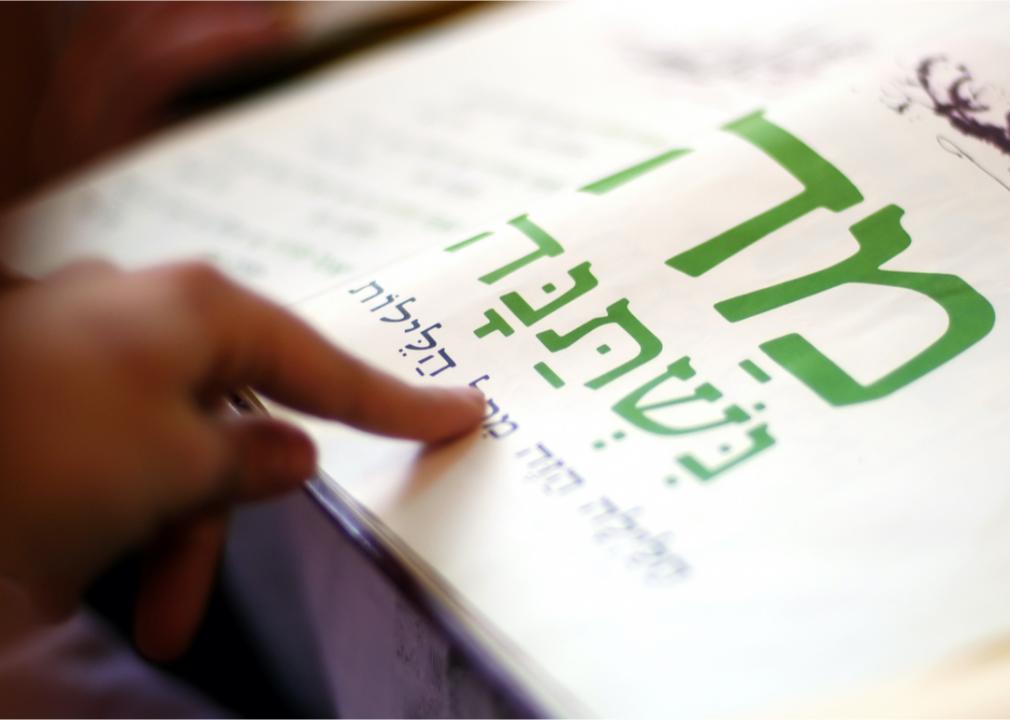
ChameleonsEye // Shutterstock
1837: Solomon H. Jackson publishes the first American-printed Passover Haggadah
Not only did Jackson publish the first Passover Haggadah in America, but he was also the first Jewish printer in New York City. Because he had fonts with both English and Hebrew characters, he could typeset and print books in both languages, making him very popular with various Jewish congregations in the city.
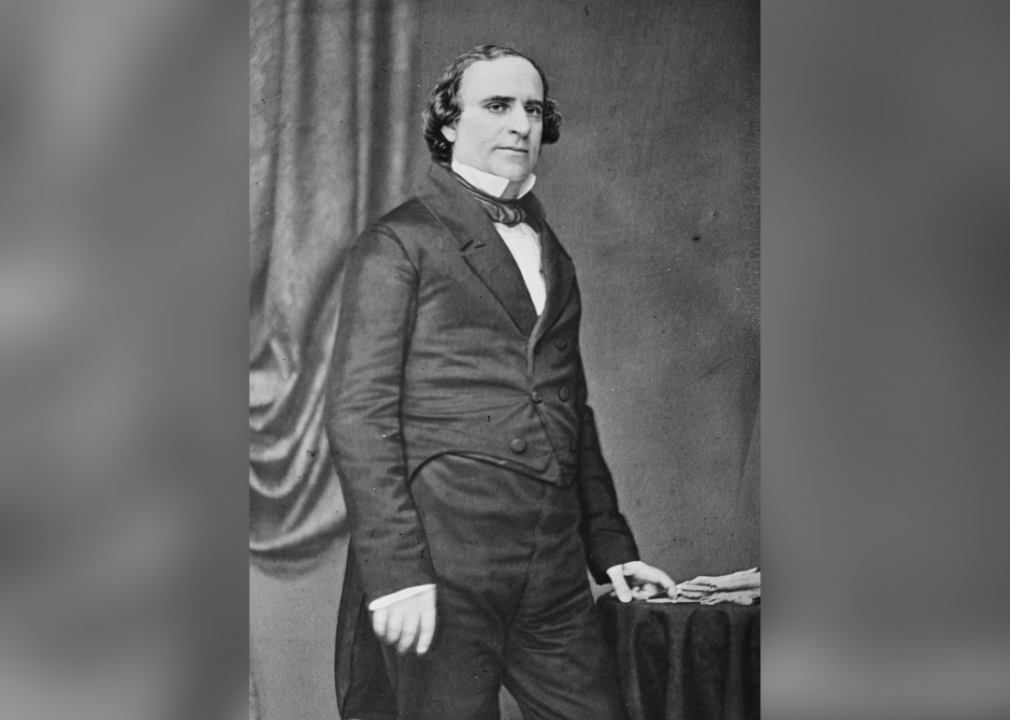
Mathew Brady // Library of Congress
1841: David Levy Yulee becomes the first Jew to serve in Congress and become a US senator
Yulee’s father was Moses Elias Levy, a businessman who had made so much money manufacturing lumber in the Caribbean that he bought 50,000 acres of land in Florida to create a “new Jerusalem” for American Jews. When Yulee left home to marry the daughter of a former Kentucky governor, he adopted a Christian lifestyle but was subject to anti-Semitic attacks for the entirety of his career.
You may also like: Most dangerous countries for journalists
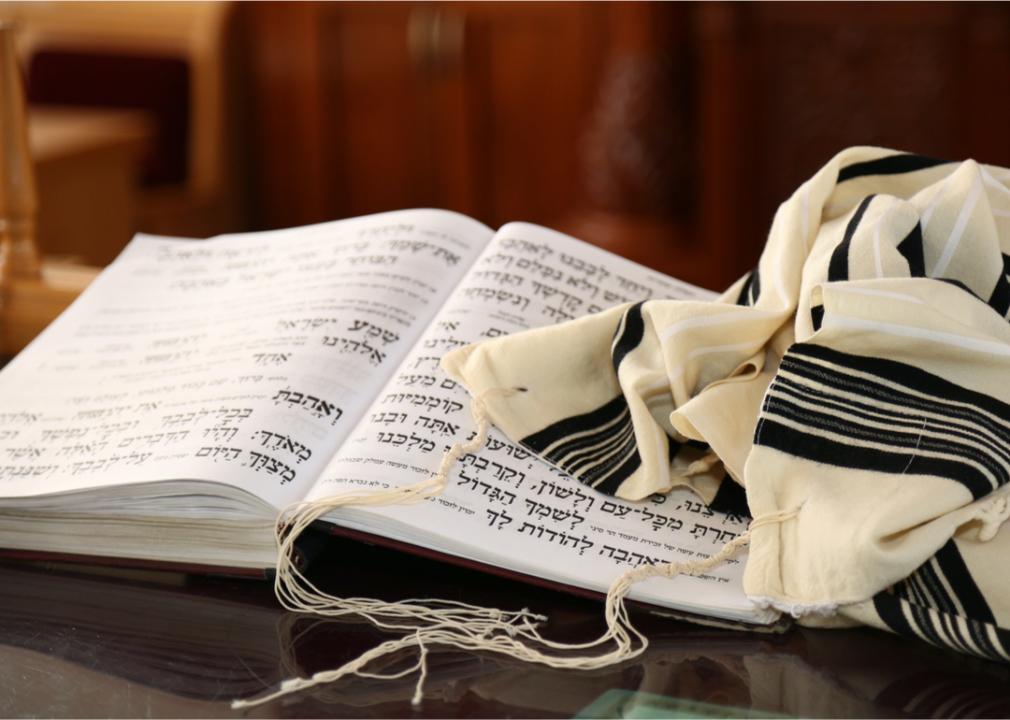
MstudioG // Shutterstock
1859: American Jews make a first attempt at organizing an overall national Jewish organization, the Board of Delegates of American Israelites
The Board of Delegates of American Israelites first met in New York City on November 27, 1859. Their primary goals included educating American Jews, tracking statistics about the American Jewish population, ensuring the civil rights of American Jews, and building and maintaining lines of communication between their organization and other Jewish organizations around the world.
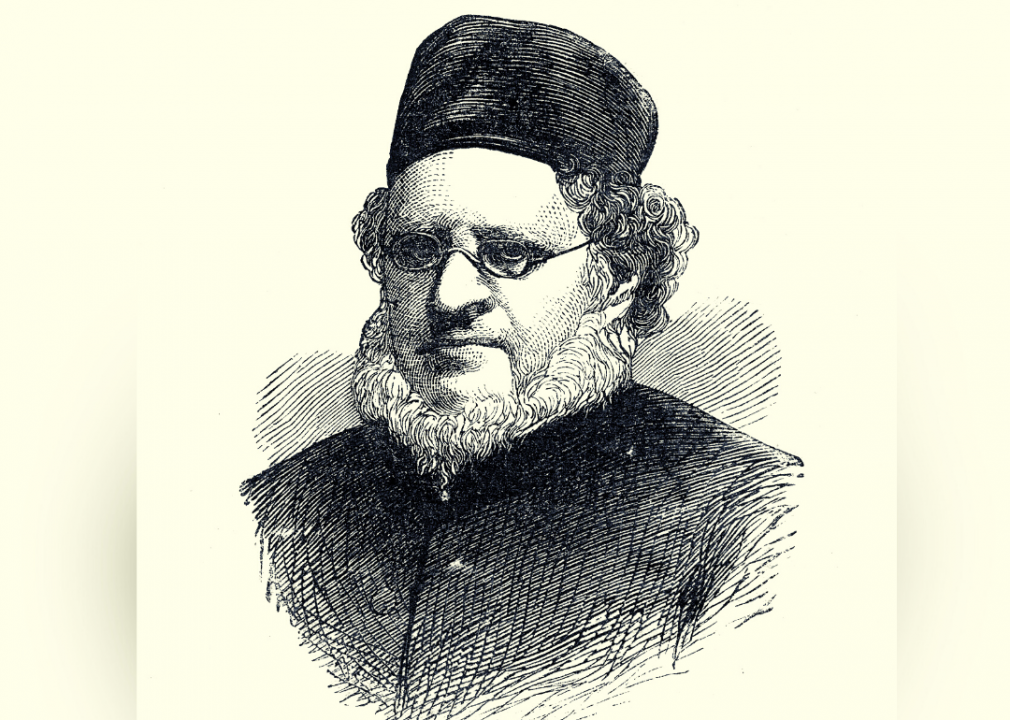
Interim Archives // Getty Images
1860: Morris Jacob Raphall becomes the first rabbi to lead an opening prayer at a meeting of Congress
In addition to his invocation to the House of Representatives, Raphall was a prominent rabbi, teacher, and religious writer in Europe before coming to America. He published the first Jewish periodical in England and, with the help of a partner, produced the first translation of parts of the Mishnah from Hebrew into English.
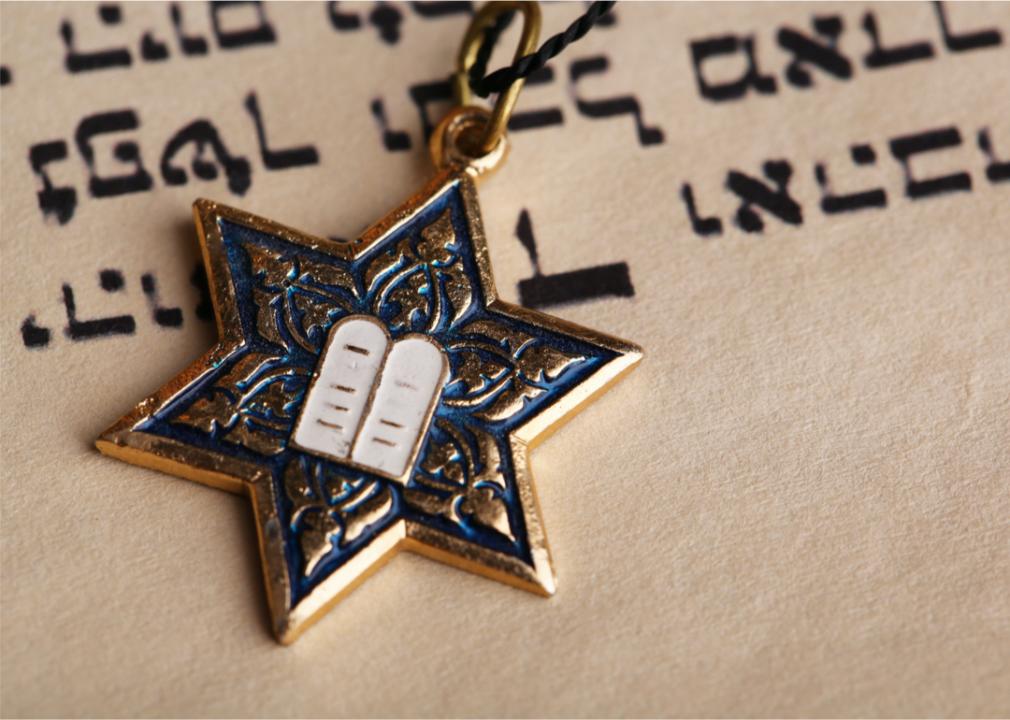
Africa Studio // Shutterstock
1862: The US government appoints army chaplains to serve Jews
Before 1862, only Christian chaplains were allowed to serve in the military and provide religious support to soldiers. However, in December 1861, soldiers and civilians alike launched a campaign to expand the position to include support staff from other religions as well. Congress added a sentence to the law which explained that “Christian” could be interpreted as any religious denomination.
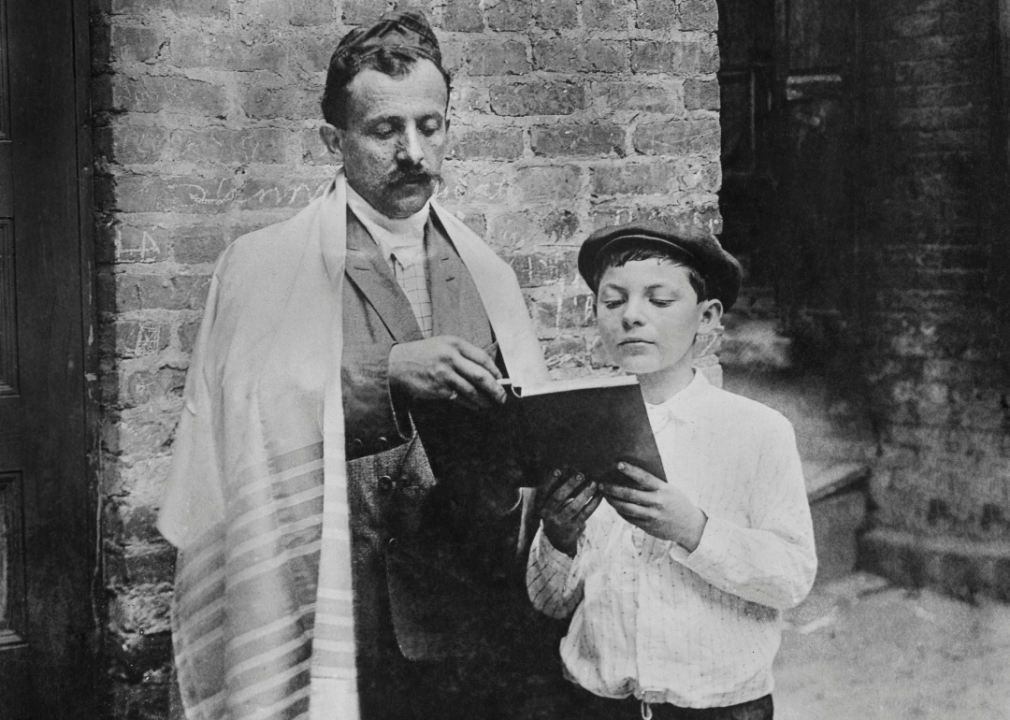
Universal History Archive // Universal Images Group via Getty Images
1873: The Union of American Hebrew Congregations is established with the hope of embracing all American synagogues
The Union of American Hebrew Congregations still exists today, though it underwent a name change in 1959 and is now known as the Union for Reform Judaism. This change occurred due to the divergence of different sects of Judaism, each of which has a different set of religious practices and beliefs, though core beliefs and the primary religious text of the Torah are consistent across all sects.
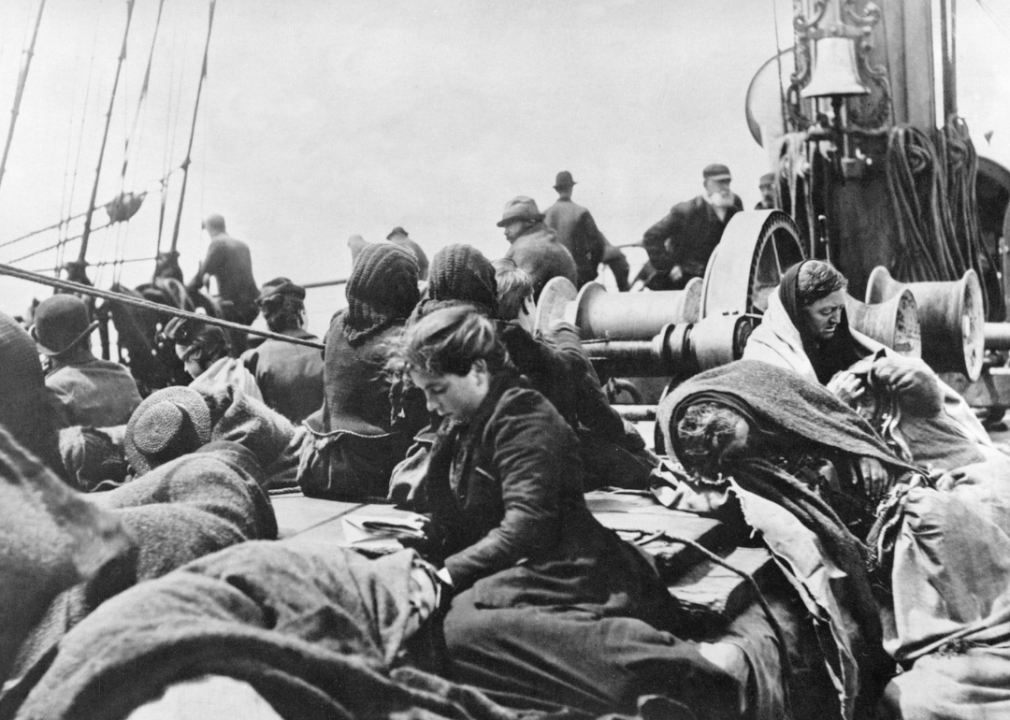
Buyenlarge // Getty Images
1881: Pogroms in Russia cause Eastern European Jews to immigrate to the US at a rapid pace
“Pogrom,” a Russian word meaning “to wreak havoc,” is typically used in reference to the anti-Semitic violence perpetrated by Russian authorities beginning in 1881 and extending throughout both World Wars. These sprees of destruction, assault, and murder extended beyond Russia throughout Eastern Europe and included events like Kristallnacht in Germany. It is estimated that some 2.5 million Jews were displaced by the pogroms.
You may also like: Political cartoons from the last 100 years
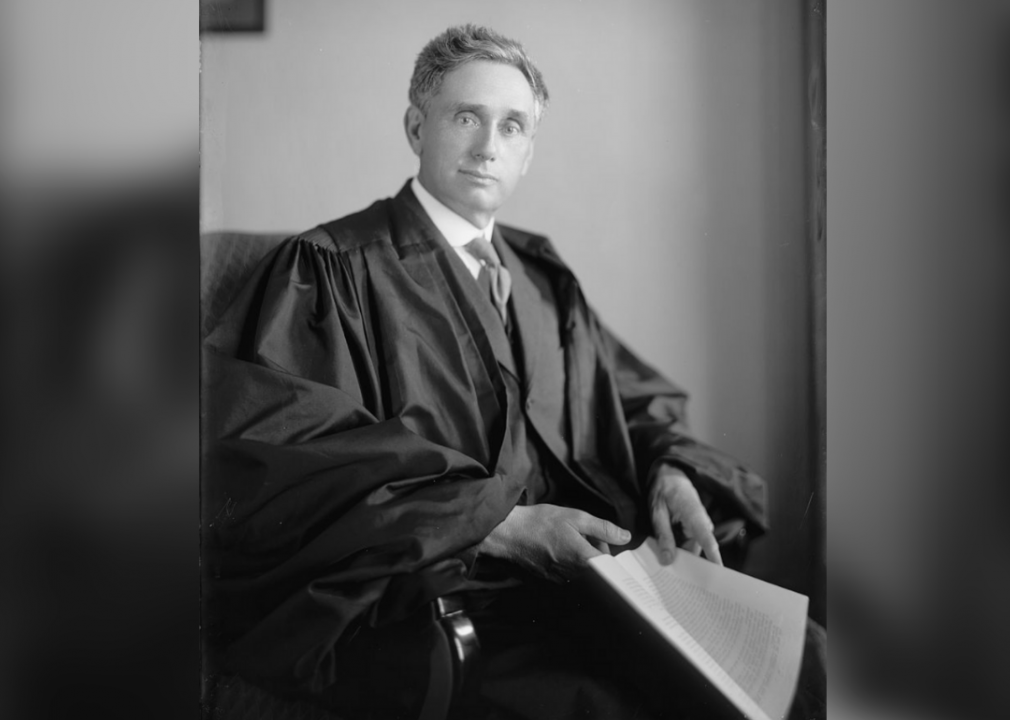
Harris & Ewing // Library of Congress
1916: Louis D. Brandeis is appointed to the US Supreme Court
Brandeis was appointed by President Woodrow Wilson. During the vetting process, political opponents of Brandeis painted him as a radical, rooting their accusations in anti-Semitic sentiments. Before serving on the Supreme Court, Brandeis gained a reputation as “the people’s attorney” due to his extensive pro bono work.
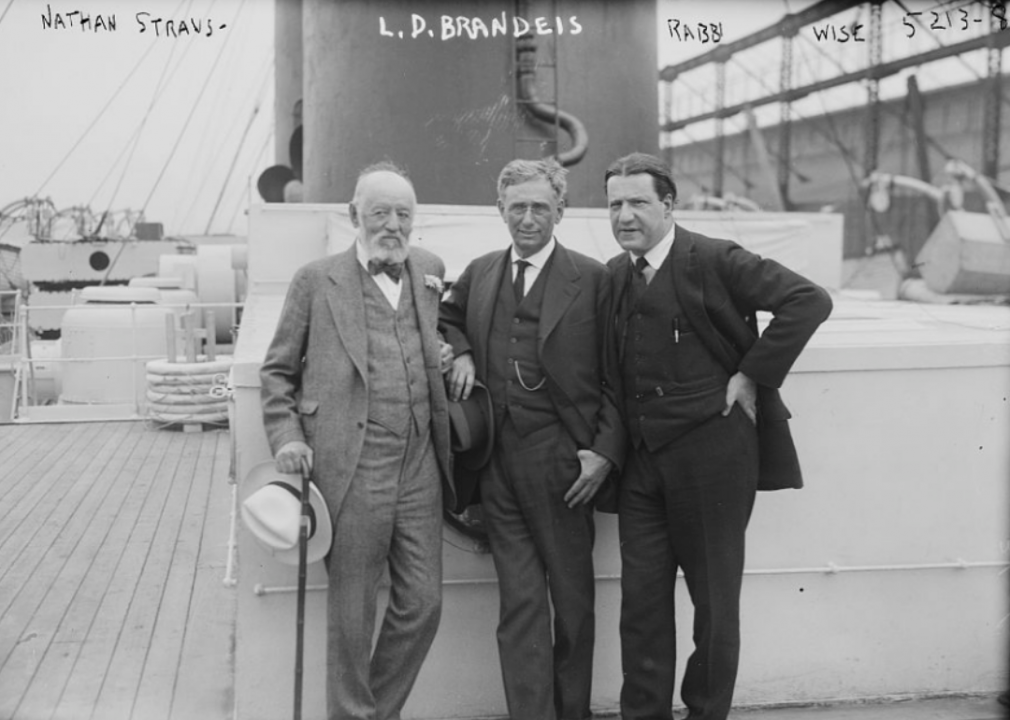
Bain News Service // Library of Congress
1918: The first American Jewish Congress meets
Nathan Straus, Louis Dembitz Brandeis, and Rabbi Stephen Samuel Wise on March 7, 1922
Now known as AJCongress, the American Jewish Congress was born out of dissatisfaction with another prominent Jewish organization of the time: the American Jewish Committee. Those that seceded from that group to form the American Jewish Congress desired to focus more on humanitarian aid and the establishment of a diverse Jewish community, believing that the American Jewish Committee had been dominated by “aristocratic” German Jews.
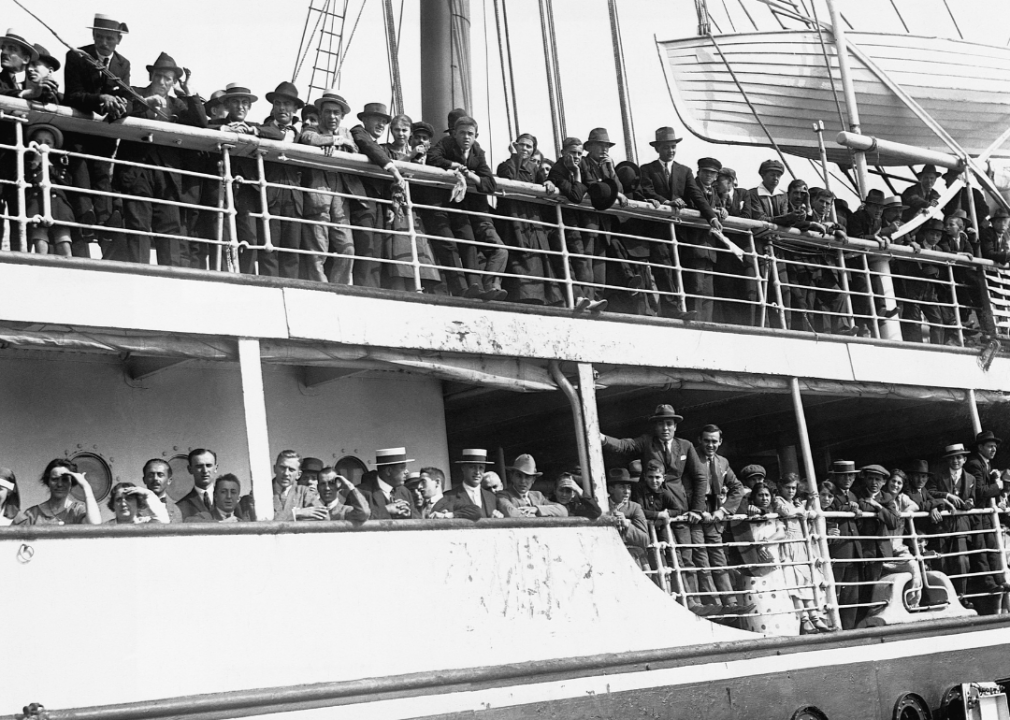
Bettmann // Getty Images
1921, 1924: The Immigrant Acts of 1921 and 1924 ban Eastern European Jews and other immigrant groups from entering the US
The Immigrant Acts of 1921 and 1924, also known as the Emergency Quota Act and the National Origins Act, placed the first explicit quota on the number of immigrants that could come into the U.S. The 1924 legislation strengthened what had been passed in 1921, defining exactly how many immigrants from each country could receive visas to the U.S. in order to keep “undesirable” ethnic groups at bay.
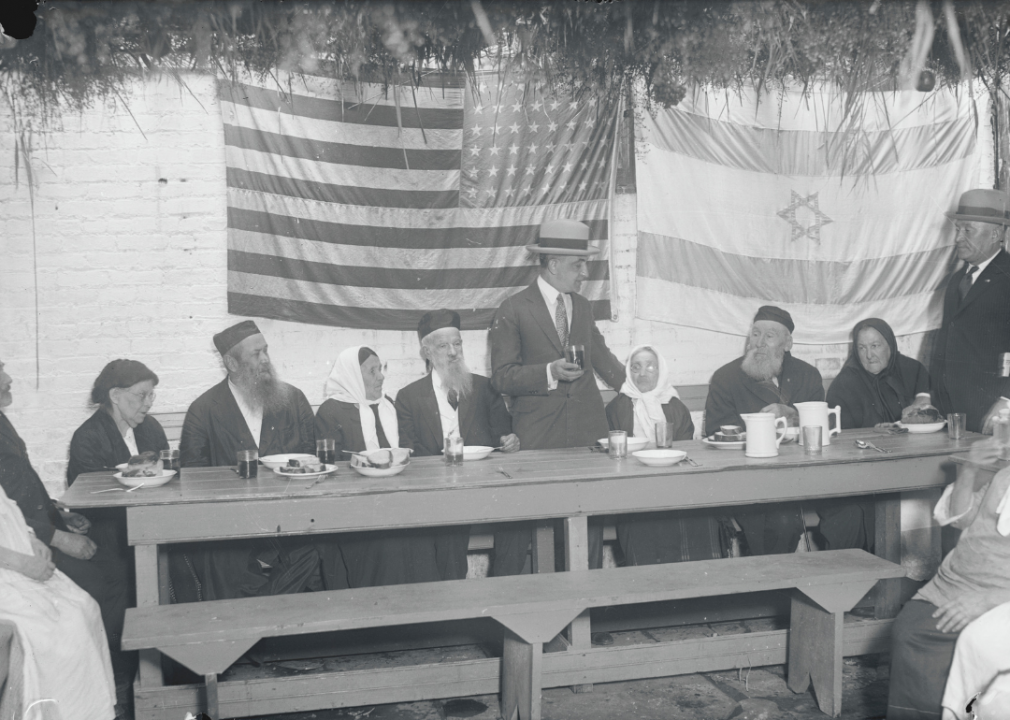
Bettmann // Getty Images
1927: The National Conference of Christians and Jews is established to encourage interfaith interactions
Pictured: Succoth Feast in New York on October 5, 1925
The National Conference of Christians and Jews was originally founded due to a flurry of anti-Catholic sentiment that appeared when Al Smith ran for the 1928 Democratic presidential nomination. Its founding members included Jane Addams and U.S. Supreme Court Justice Charles Evans Hughs. Though at first the organization only extended aid to Christians and Jews, it underwent a name change during the 1990s and is now the National Conference for Community and Justice, serving individuals of all religions.
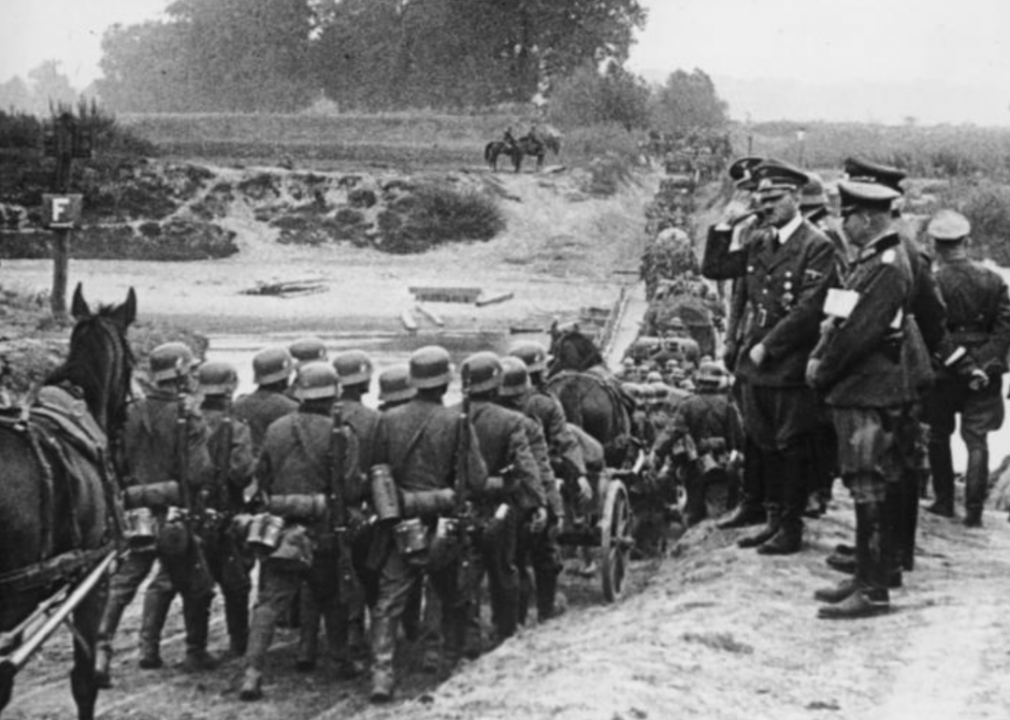
German Federal Archive // Wikimedia Commons
1939: News of the mass slaughter of Polish Jews reaches the US
On September 5, 1939, German troops invaded Piotrkow, Poland, scouring the nearly deserted city for Jews and murdering them on the spot. This behavior continued throughout the region as World War II raged. News of the brutality of the Axis powers was consistently published in American newspapers.
You may also like: Oldest national parks in America

Ernst Haas // Getty Images
1945–1952: Hundreds of thousands of displaced persons, many of whom are Jews, are refused admission to the US after World War II
With the Immigration Act of 1924 still in place, the vast majority of Jews displaced by World War II were unable to immigrate to the U.S. Because they could not come to America, many refugees had to find new homes in Europe or risk being sent back to their home country, where supporters of the Axis powers still lived.
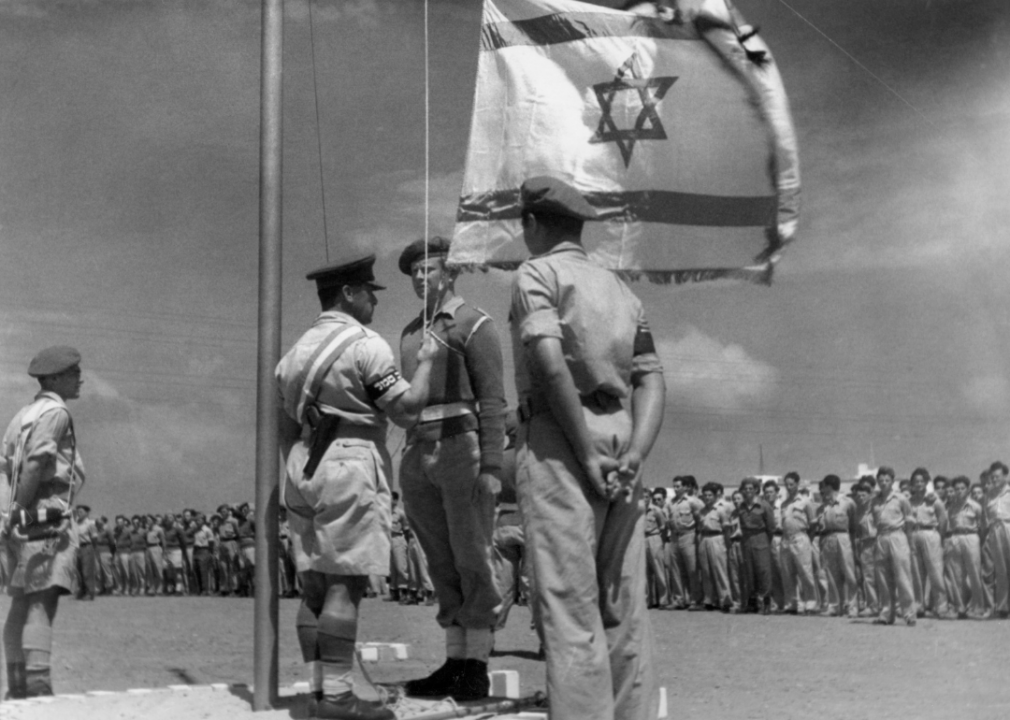
INTERCONTINENTALE/AFP via Getty Images
1948: The US government recognizes Israel’s sovereignty immediately after it declares independence
On May 14, 1948, what was previously the Provisional Government of Israel proclaimed itself a new State of Israel. President Harry S. Truman and the United States recognized the State of Israel as “the de facto authority” of the Jewish state that same day.
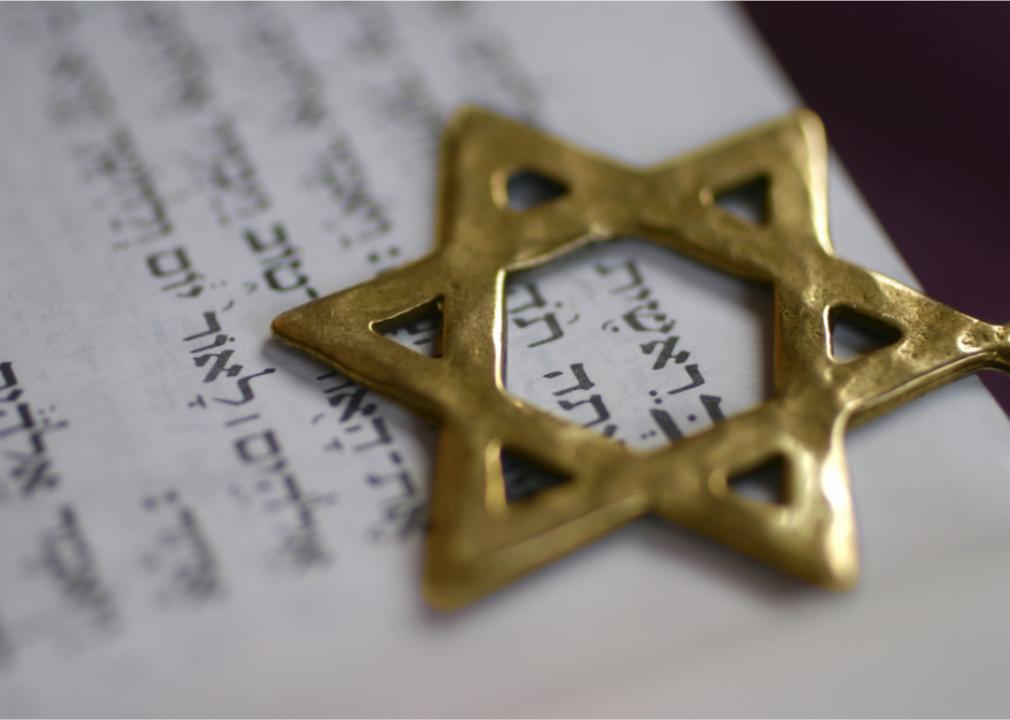
Odelia Cohen // Shutterstock
1955: The Conference of Presidents of Major American Jewish Organizations forms, becoming one of American Jewry’s most powerful organizations
The modern Conference of Presidents of Major American Jewish Organizations brings together 51 Jewish organizations to advance a set of common goals. The conference is rooted in pro-Israel sentiment, and many of its explicit goals support the advancement of the State of Israel as well as the promotion of interfaith relationships, especially with Muslim communities.
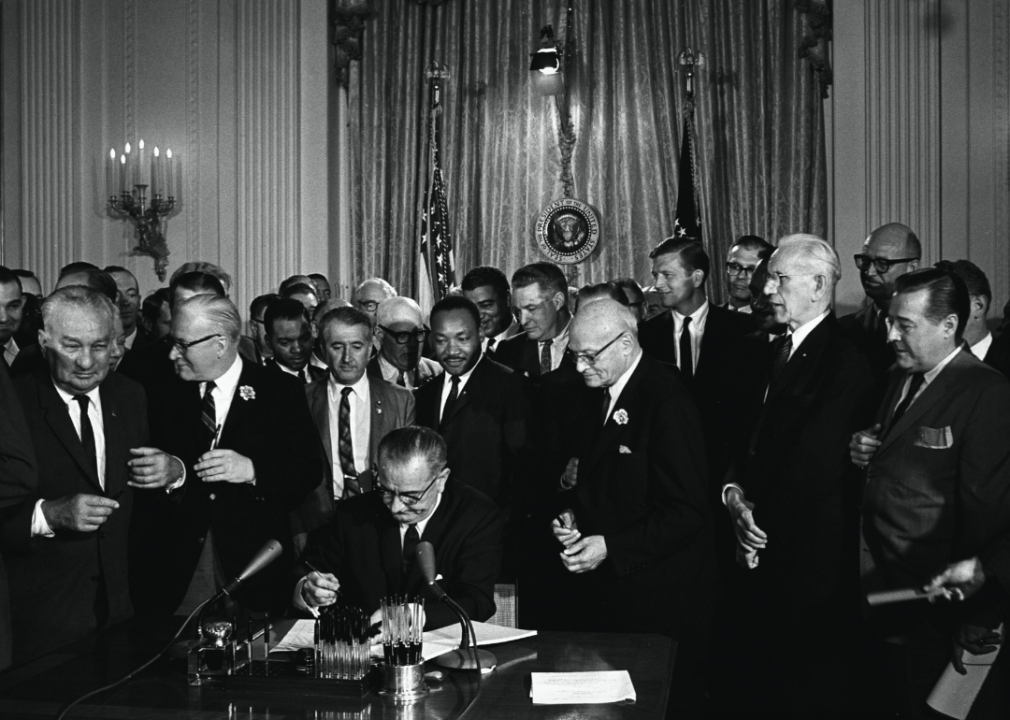
Cecil Stoughton/White House Press Office // Wikimedia Commons
1964: Congress passes the Civil Rights Act, officially guaranteeing all rights to Jews and other minority groups
Throughout the 1950s and 60s, Jews involved themselves as both leaders and foot soldiers of the civil rights movement. Henry Moscowitz, Kivie Kaplan, and Arnie Aronson were prominent Jews who helped to found the NAACP. Additionally, Jews accounted for a disproportionate number of the white people active in the civil rights movement, making up half of the young people who participated in the Mississippi Freedom Summer in 1964.
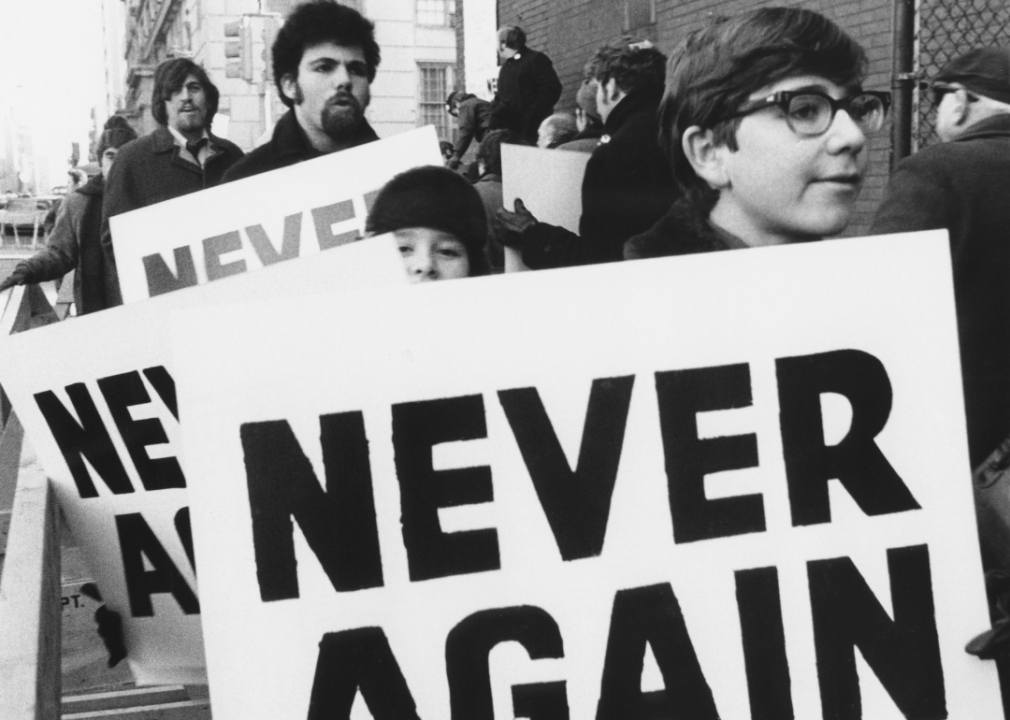
Universal History Archive/Universal Images Group via Getty Images
1968: The Jewish Defense League forms
Members of Jewish Defense League Demonstrate Near Soviet Mission to the U.N., New York City, USA, 1971
As with most identity-based groups, the vast majority of Jewish organizations are peaceful; however, the Jewish Defense League is an exception. Now considered an extremist group by many law enforcement standards, the Jewish Defense League aims to protect Jews “by whatever means necessary,” even resorting to violence. Its beliefs are founded on the rhetoric of Rabbi Meir Kahane, who painted American society as an inherently hostile environment for Jews.
You may also like: How well do you remember 1969?
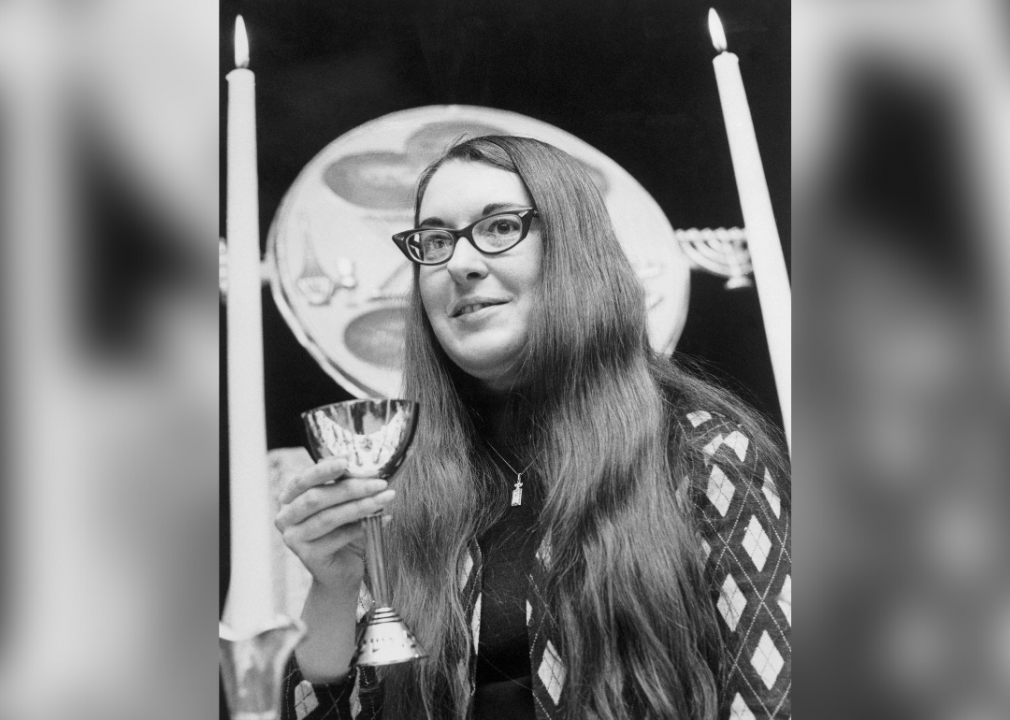
Bettmann // Getty Images
1972: The first woman rabbi, Sally Priesand, is ordained by the Hebrew Union College-Jewish Institute of Religion
Riding the wave of 1960s feminism, “Rabbi Sally,” as Priesand was known, was a deeply spiritual woman who entered a joint program between the University of Cincinnati and the Hebrew Union College–Jewish Institute of Religion in 1964. After graduating with a degree in rabbinical studies, Priesand worked in various congregations as an assistant rabbi for nearly two decades until she was finally able to find a congregation to lead at the Monmouth Reform Temple in New Jersey.
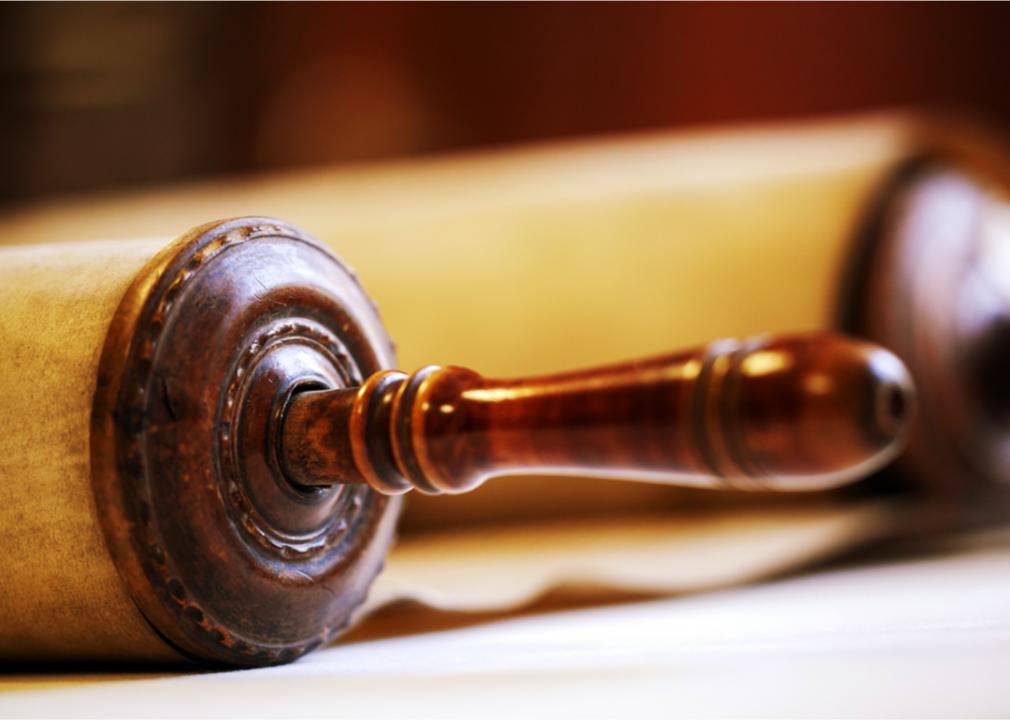
Vasyl Rohan // Shutterstock
1983: The Jewish Theological Seminary faculty votes to ordain women as rabbis
After Sally Priesand’s ordination as a rabbi under the Reform sect, widely considered the most liberal form of Judaism, the pressure was on for more conservative institutions to follow suit. The Jewish Theological Seminary was one such institution. Two years after the vote to admit women, Amy Eilberg graduated from the Jewish Theological Seminary.
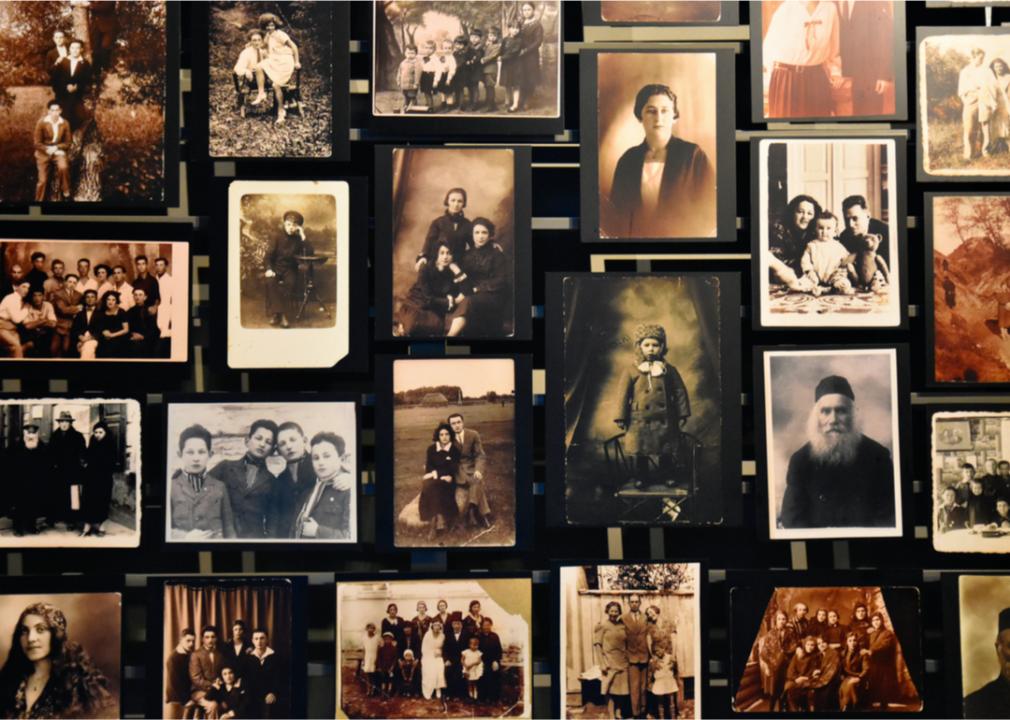
GiuseppeCrimeni // Shutterstock
1993: The US Holocaust Memorial Museum opens in Washington, DC
Praised as a “living memorial to the Holocaust,” the U.S. Holocaust Memorial Museum is located among many other Smithsonian museums on the National Mall in Washington, D.C. The museum’s programming serves as a way to remember those who were murdered during the Holocaust and seeks to educate individuals about the causes of genocide to help prevent future tragedies.

LUKE FRAZZA/AFP via Getty Images
2000: Senator Joseph Lieberman becomes the first Jew nominated for the vice presidency on a major party ticket
Lieberman served as a senator in Connecticut from 1989 to 2013. Though he originally aligned himself with the Democratic Party, he began running as an independent in 2006 after losing the Democratic primary. A graduate of Yale University, Lieberman was an active participant in the civil rights movement and eventually ran on the Democratic presidential ticket alongside Al Gore.
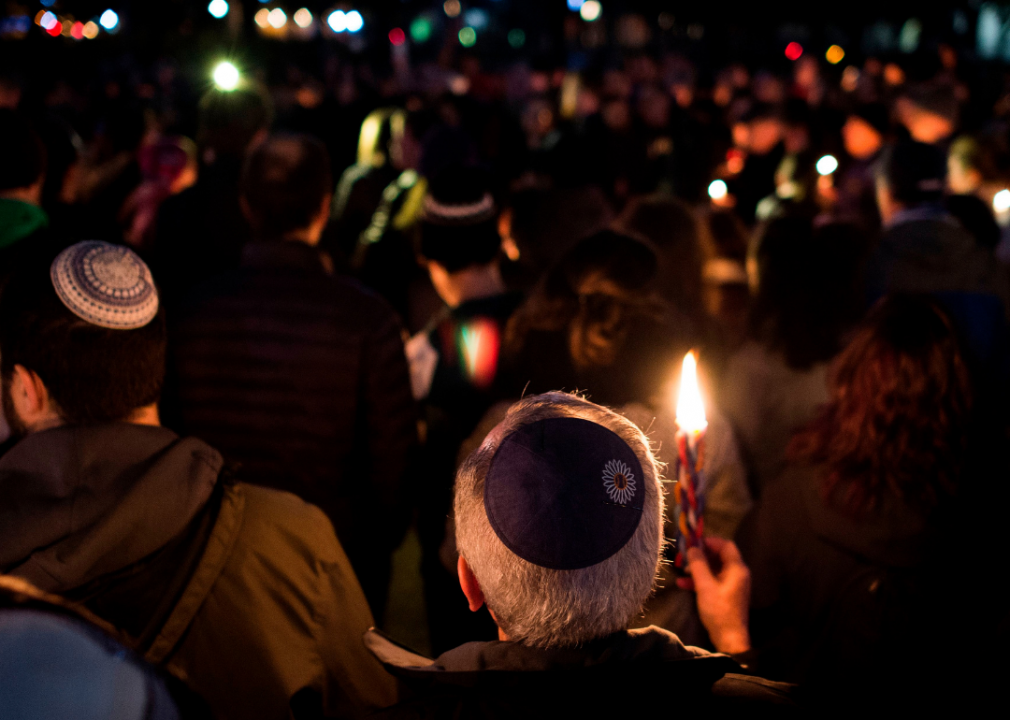
ANDREW CABALLERO-REYNOLDS/AFP via Getty Images
2018: Deadly shooting at Tree of Life synagogue in Pittsburgh, Pennsylvania, kills 11 Jews during services
On October 27, 2018, a gunman opened fire on Jews observing Sabbath services at the Tree of Life synagogue in the historic Jewish neighborhood of Squirrel Hill. Six people were injured and 11 were killed, prompting national outrage and panic among Jewish communities. The gunman admitted to police during the shootout, “I just wanted to kill Jews.” In response, the Tree of Life community and other groups across the U.S. held vigils and repeated the traditional Jewish sentiment: “May their memory be for a blessing.”
You may also like: 50 ways the news industry has changed in the last 50 years
